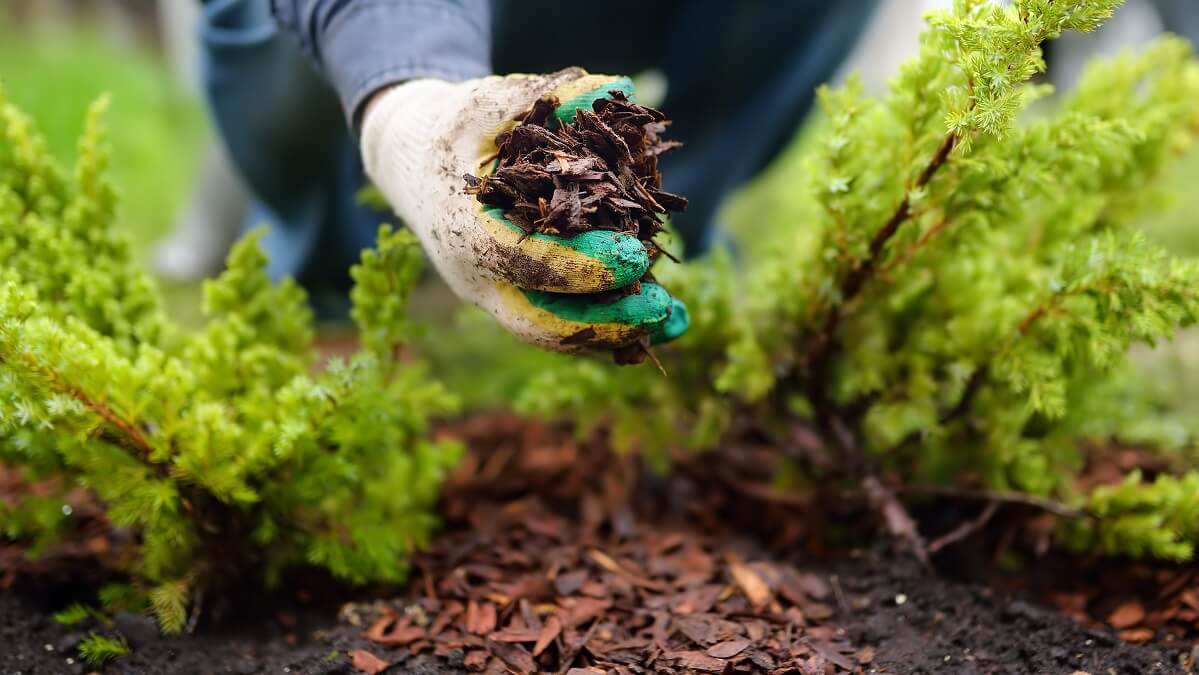Spring is here and you should be beginning to see your garden come to life again. But the warmer months in Australia can bring some extreme weather. Here’s how to prepare your garden for tough times.
Weather events in Australia are becoming more regular, and more extreme. Large parts of the country are currently affected by flooding, driving thousands of their people from their homes.
The La Nina weather system causing the floods will eventually pass, and hotter, drier conditions will return once again, bringing drought and extensive bushfires.
While saving your garden from such extreme events can sometimes be impossible, there are measures you can take to give your plants a fighting chance when the worst comes.
Read: How to pick the best containers for your garden
Preparing your garden for flood
First, you’ll want to take note of the condition and type of soil your garden plants and lawn are growing in. Plants growing in heavy soils such as clay are more prone to flooding as water can’t penetrate as well.
Soil that’s been hardened by previous drought years will also flood more due to the same reason. But there are steps you can take to improve the situation.
Always make sure your garden and lawn are thoroughly free of weeds, then use a garden fork to poke deep holes in the soil.
Doing this opens up the surface so that water and air can penetrate down to the root zone and not flood on the top.
Read: Common garden lighting mistakes to avoid
It’s also important to plant the right species if your area is prone to flooding. Certain plants can tolerate being waterlogged for a long period of time while a few even relish the opportunity and can thrive in permanently moist soil.
Bamboo, swamp lilies, sedges, tarrow, rainforest palms, banana plants and yams are all examples of plants that can cope with extreme wet conditions. If you live in a flood prone area, you’ll need to grow these sorts of plants for success
Preparing your garden for drought
Australia also regularly cops the other end of the weather spectrum – long-term drought. It’s no secret ours is a mostly dry land, so picking the right plants is again important in preparing your garden for a drought.
A surprising number of plant species can cope with very little water, including aloe vera, lavender, grevilleas and even sweet potato and thyme.
Read: Ways to be less wasteful in the garden
In hot dry conditions, you may think you need to water your plants much more often. But Gardening Australia presenter Jerry Colbey-Williams says this isn’t the case and that plants can sometimes ‘trick’ you into overwatering them by wilting in the heat.
“Check soil before watering to see if your plants really need it,” he says.
“Use your index finger to dig down to a depth of 5–10cm, and if the soil is still cool and moist, you can trust the plants will recover.
He says to water at the base of the plant, and avoid the leaves. Water sitting on foliage is a common pathway for fungal diseases to get into plants.
It’s best to water in the morning, as this will give your plants access to it through the heat of the day. Lower temperatures in the morning also mean your plants will be able to take up the water more efficiently.
What plants do you have in your garden? When do you usually water them? Let us know in the comments section below.

